Prehistory & Ancient History
c.110,000 BC
c.98,000 BC
c.73,000 BC
c.38,000 BC
c.28,000 BC
c.4500 BC-3250 BC
c.4400 BC
c.4400 BC
c.4000 BC
c.4000 BC
c.3600 BC
c.3500 BC
c.3500 BC
c.3200 BC
c.3000 BC
c.3000 BC
c.2800 BC
c.2700 BC
c.2500 BC
c.2500 BC
c.2000 BC
c.1895 BC
c.1895 BC
c.1500 BC
c.1230 BC
c.1000 BC
c.1000 BC
c.800 BC
c.800 BC
c.700 BC
c.600 BC
c.600 BC
c.300 BC
c.300 BC
c.200 BC
c.100 BC
c.50 BC
c.79 AD
c.79 AD
c.100 AD
Discoveries & Jewelry History
- Archaeological Finds in Morocco Tell us that Shell Beads were Used as Decorative Objects; the Oldest Jewelry Known to Man. They May have Served as Amulets.
Discoveries & Jewelry History
- Purposely Drilled Shells from Israel and Algeria.
Discoveries & Jewelry History
- Purposely Drilled Shells from South Africa.
Discoveries & Jewelry History
- Animal Teeth and Bone Beads Found in France.
Discoveries & Jewelry History
- Fossil Shell and ivory Beads Found in Czech Republic Region (East Gravettian Culture).
General History
- Badarian Culture in Egypt (c. 4500 BC to 3250 BC). Domestication of Animals. Sedentary Settlements.
General History
- Social Differentiation by Burying Prominent People in Different Areas of Cemeteries.
- Invention of the Wheel (circa 5000 BC), Presumably First for Pottery Purposes.
Discoveries & Jewelry History
- The Ancient Thracian Civilization Produces the Oldest Worked-Gold Objects. They were Discovered at a Burial Site in Varna, Bulgaria.
General History
- Uruk Period in Sumer (4100 BC-2900 BC)
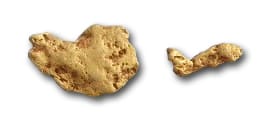
Discoveries & Jewelry History
- Badarian Culture in Egypt Starts Using Alluvial Gold and Manufactures Glazed Steatite Beads.
Discoveries & Jewelry History
- Naqada Culture in Southern Egypt Imports Obsidian from Ethiopia for Tools.
- Jewelry Made of Gold, Lapis, and Ivory.
- The Naqada Culture Starts Using Symbols.
- Nephrite Jade Used for Weapons and Ornaments in China
General History
- First Cuneiform Script in Sumer Followed by the Naqada Culture Starting to Use Symbols (3300 BC) that Will Evolve into the Egyptian Hieroglyphs.
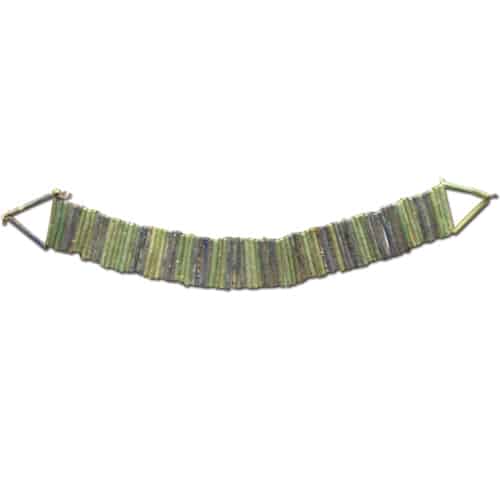
Discoveries & Jewelry History
- Ancient Faience Found in Nile Valley.
General History
- Dynastic Period in Egypt; King Meni Unifies Upper and Lower Egypt.
General History
- Dynastic Periods in Sumer (2900 BC-2334 BC), Early Bronze Age in Sumer.
Discoveries & Jewelry History
- Lapis Lazuli, Carnelian, Turquoise, Green Feldspar (Amazonite) Used by the Egyptians.
- Chasing and Repoussé in Egypt. (1st Dynasty)
- Soldering in Egypt & Mesopotamia (3000-2800 BC)
Discoveries & Jewelry History
- First Known Instance of Glass Production in Syria.
Discoveries & Jewelry History
- Use of Jet Beads During Bronze Age.
General History
- Bronze Age on Crete; Minoan Civilization’s Uprise.
- Great Pyramid of Gizeh (2560 BC) built.
Discoveries & Jewelry History
- Earliest Examples of Granulation at Ur (Iraq).
- Casting of Gold in Egypt.
Discoveries & Jewelry History
- Minoan Goldsmiths use Foil-Backed Stones in their Jewelry.
General History
- Rise of Babylon in Sumer.
Discoveries & Jewelry History
- Earliest Known Examples of Granulation from Egypt in Jewelry of Khnumet (12th Dynasty).
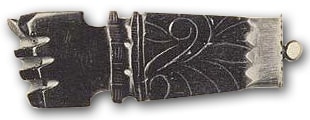
Discoveries & Jewelry History
- Jet is Mined in England.
- Glass Begins to be Shaped While Molten (Previously Worked as Solid, Like Stone).
- Art of Lost Wax Casting Developed in Near East.
- Jadeite in Use by the Olmecs of Mexico.
Discoveries & Jewelry History
- Earliest Known Examples of True Cloisonné Enamel (Mycenaean).
- Chavín Culture in Peru Using Sheet Gold (Until 300 BC).
General History
- Phoenician Sailors Establish a Trading Network Throughout the Mediterranean
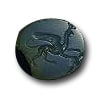
Discoveries & Jewelry History
- The Ancient Greeks Start Making Intaglios and Cameos, the Glyptography Techniques Spread to the East Due to Alexander the Great’s Conquests (4th Century BC).
- Iron Hand Tools – e.g., Chisels, Saws, Awls, Hammers, Pliers – Invented During the Early Iron Age.
General History
- Etruscan Civilisation Established in Modern Day Tuscany
Discoveries & Jewelry History
- Diamonds Known in India, Exported 300-400 BC
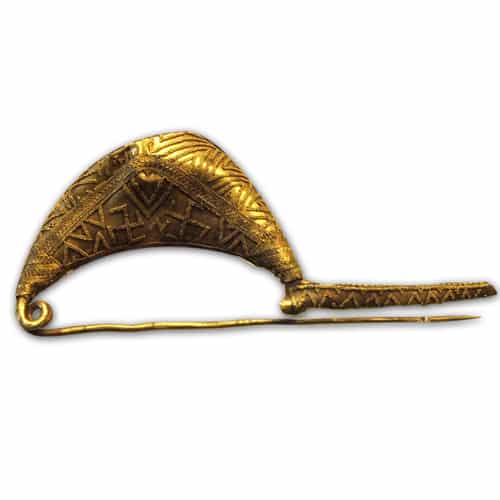
Discoveries & Jewelry History
- Etruscans Bury the Ashes of their Dead with Grave Gifts, Fibulas and Armillas are Amongst Them.
- Sapphires Used by Etruscans.
- Earliest Use of Beaded Wire; Linked Chains Forming “Straps” Found in Nimrud (Iraq).
General History
- First Electrum Coins Used in Lydia (Anatolia, Turkey).
Discoveries & Jewelry History
- Amber Used by the Etruscans.
General History
- Alexander the Great Conquest into Asia, the Arabic Peninsula and Egypt (334BC – 323BC).
Discoveries & Jewelry History
- Greek Theophrastus (c.372-287 BC) Compiles Oldest Surviving Mineralogy Text.
- Fibulas are Worn by Romans.
- Armillas are Given to Roman Soldiers as a Military Decoration.
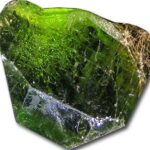
Discoveries & Jewelry History
- Peridot Mined on Island of Zabargad (Red Sea).
- Tourmaline Curvette Cameo of Alexander the Great, Originating in India, Carved 3rd or 2nd C BC.
- Clay Furnaces and Blowpipes Used to Cast Gold, Alloy it with Silver in Peru and Ecuador.
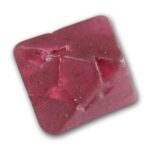
Discoveries & Jewelry History
- Earliest Ornamental Use of Red Spinel in Kabul Afghanistan, also used by Romans; Blue Spinel Found in England in the Roman Period, 51 BC-400 AD.
General History
- Julius Ceasar Completes his Conquest of Europe to the Rhine (Alesia, 52 v.Chr).
- Octavian (Later: Emperor Augustus) Conquers Egypt (Battle of Actium, 30BC).
General History
- The Vesuvius Eruption.
Discoveries & Jewelry History
- Pompeii and Herculaneum are Buried in Ashes and Debris, Pliny the Elder Dies, Being too Close of a Witness of the Eruption.
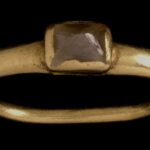
Discoveries & Jewelry History
- Earliest Known Champlevé Enamels, from Sudan.
- Cat’s Eye Chrysoberyl Known in Rome, Forgotten in the West Until end of 19th C.
- Venice Becomes Center for Glass-Making, Exports Imitation Gems (10 AD-1100 AD).
- South American Indians in Chocó region mine and work platinum (first 3 centuries AD)
- Diamonds as Octahedra (Natural Crystals) Mounted in Roman Rings (Through 3rd Century AD)